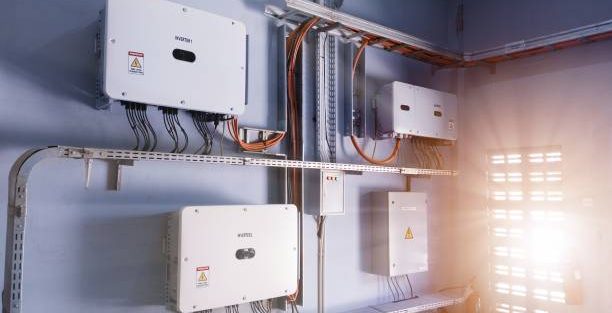In today’s world, where uninterrupted power supply is increasingly becoming a necessity rather than a luxury, investing in an inverter can be a wise decision. Whether you’re preparing for occasional power outages or aiming to achieve constant backup power, choosing the right size inverter is crucial. Let’s break down the basics to help you make an informed decision.
Understanding Inverter Sizes
Inverters are sized based on their capacity, typically measured in kilovolt-amperes (kVA) or kilowatts (kW). The size you need depends on factors such as:
- 1. Number of Appliances: Consider the essential appliances you need to power during an outage. These may include lights, fans, refrigerators, computers, or medical devices.
- 2. Power Consumption: Calculate the total wattage or VA (volt-ampere) requirement of these appliances. This information is usually available on their labels or user manuals.
3. Backup Duration: Determine how long you need the backup power to last. This influences the battery capacity required in addition to the inverter size.
Choosing the Right Size
Let’s simplify the selection process with a common example:
1. 1kVA (or 1000 VA) Inverter:
– Ideal for small apartments, studios, or single-occupant households.
– Can typically power essentials like a few lights, fans, a television, and charge electronic devices.
– Offers basic backup for short power outages, usually a few hours depending on the load.
2. 2kVA (or 2000 VA) Inverter:
– Suitable for slightly larger homes or apartments with more appliances.
– Can power additional items such as refrigerators, computers, and more lights and fans simultaneously.
– Provides longer backup durations compared to a 1kVA inverter.
3. 3kVA (or 3000 VA) Inverter:
– Designed for larger homes or offices with multiple rooms.
– Powers a broader range of appliances including air conditioners, printers, and more intensive electronic equipment.
– Offers extended backup time, making it suitable for areas with frequent or prolonged power cuts.
Practical Considerations
When deciding on the size of your inverter, keep these practical tips in mind:
– Future Expansion: Anticipate future needs and consider slightly oversizing your inverter to accommodate additional appliances or increased power demands.
– Battery Capacity: The inverter’s battery capacity determines how long it can provide backup power. Ensure the batteries can handle the load and offer sufficient backup time for your requirements.
– Installation and Maintenance: Consult with a qualified electrician to assess your home’s electrical system and recommend the best inverter size and installation setup.
Investing in an inverter ensures you stay prepared for unexpected power disruptions, providing peace of mind and uninterrupted productivity. By understanding your power needs and choosing the right size inverter, you can efficiently manage your electricity backup requirements.
Ready to find your perfect inverter? Explore our range at PowerNow and discover reliable solutions tailored to your needs. Visit powernow.io





